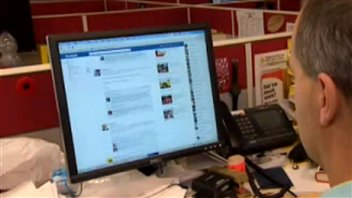When tragedy strikes, or conflict, or any kind of drama, technology means the first reporters are almost never “journalists” but rather ordinary citizens.
It is their mobile phones with video and sound recording and the immediate ability to text or send a short twitter message to almost anyone that enables a version of the drama to become widely and quickly distributed.
But. messages often get mixed, or in the hurry to get out the message, sometimes the information is wrong. The rush to tell others and sometimes convey complex situations in 140 characters or to send images without context, can lead to misinterpretation.
Such was the case when people began texting that a suspect had been arrested in the Boston bombing for example. Mainstream media picked up the tweets, and then later reported they were unsure, then had to finally correct themselves that no suspect was under arrest. It also caused heartache when secial media reports were misleading in terms of the numbers and names of the dead.

Alex Sevigny is the Director, Master of Communications Management Programme at McMaster University in Hamilton
He says this social media reporting, “…is an example of the rising oral culture that is replacing print culture, where people spread message and news stories by digital word of mouth instead of relying on papers and broadcast TV,”
He notes however, that many people are only getting their information and forming opinions from short tweets without going further to find out complete information or verifying the story elsewhere. This is problematic when, for example, people form voting opinions which may be based on incomplete, out of context, or outright misleading information.
He also says, it may soon be that people start to follow individual reporters more than the institutions they may work for. There may also be a rise in independent reporters, who along with their own websites, become the “institutions” people consult.
RCI’s Marc Montgomery contact Professor Sevigny at his McMaster University office in Hamilton, Ontario.
Listen






For reasons beyond our control, and for an undetermined period of time, our comment section is now closed. However, our social networks remain open to your contributions.